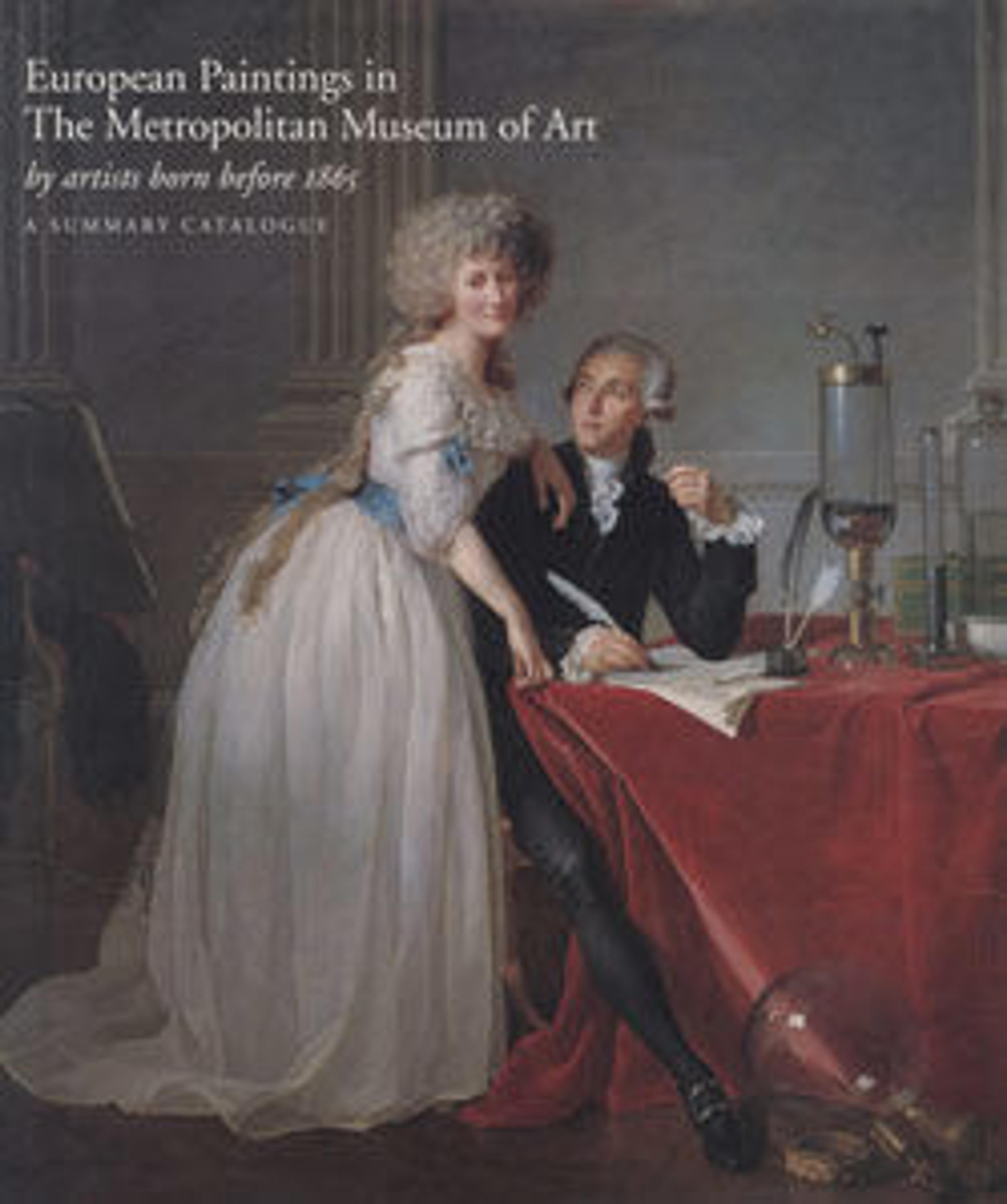Vaprio d'Adda
By carefully staging the sunlight hitting the facades rising above the Adda River, Bellotto picks out the north Italian villages of Canonica d’Adda at the right and Vaprio at the center. In the foreground, well-heeled figures provide stand-ins for viewers of the painting, gesturing with interest to the picturesque view. On related drawings Bellotto noted that he made this painting and its pendant (now in the Museo di Capodimonte, Naples) in 1744 for Count Simonetta in Milan.
Artwork Details
- Title: Vaprio d'Adda
- Artist: Bernardo Bellotto (Italian, Venice 1722–1780 Warsaw)
- Date: 1744
- Medium: Oil on canvas
- Dimensions: 25 1/4 x 39 1/4 in. (64.1 x 99.7 cm)
- Classification: Paintings
- Credit Line: Purchase, Joseph Pulitzer Bequest, 1939
- Object Number: 39.142
- Curatorial Department: European Paintings
More Artwork
Research Resources
The Met provides unparalleled resources for research and welcomes an international community of students and scholars. The Met's Open Access API is where creators and researchers can connect to the The Met collection. Open Access data and public domain images are available for unrestricted commercial and noncommercial use without permission or fee.
To request images under copyright and other restrictions, please use this Image Request form.
Feedback
We continue to research and examine historical and cultural context for objects in The Met collection. If you have comments or questions about this object record, please contact us using the form below. The Museum looks forward to receiving your comments.
